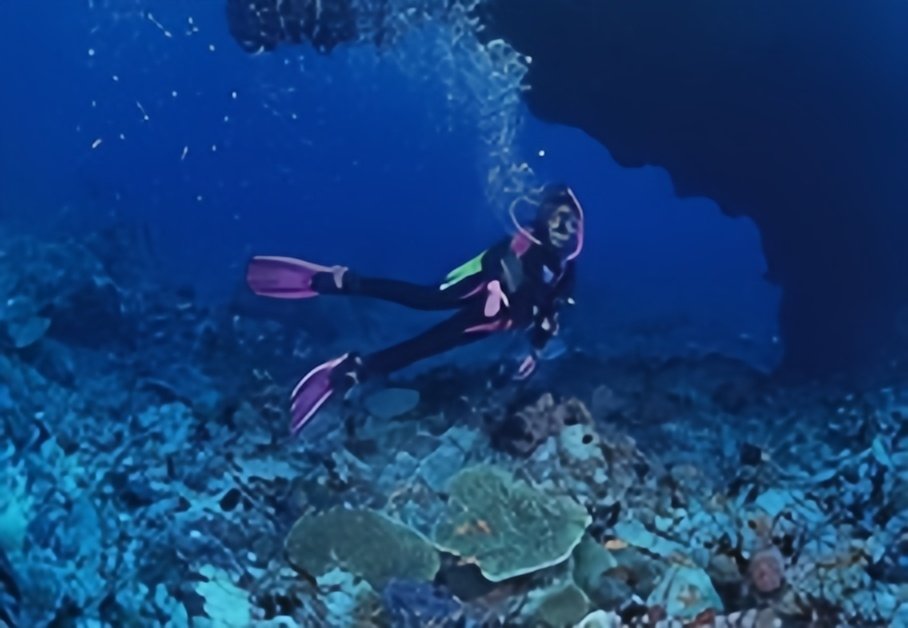How to Assess Water Current Strength for Safe Diving
Understanding the strength of water currents is crucial for a safe and enjoyable diving experience. Currents are generally measured in “knots,” a unit of speed where one knot is approximately equal to 1.85 km/h. Here’s how to assess the strength of water currents and what to do in various conditions.
Understanding Knots and Current Strength
Based on experience, any ocean current exceeding 3 knots is considered very strong. In areas with strong currents, it is essential to communicate thoroughly with the dive boat, ensure the boat is attentive to your movements, and that each diver carries surface signaling equipment.
Methods to Assess Current Strength
- No Current
- Small fish in coral areas swim in all directions without any pattern, forming large schools.
- Weak Current (About 0.5-1 Knot)
- Small fish in coral areas align and face the direction of the current.
- If the current is below 0.5 knots, fish remain in schools.
- If fish are low, close to the coral, and dispersed, the current may be around 1 knot.
- You can swim against a 1-knot current for a while using fins.
- Moderate Current (1-2 Knots)
- Small fish hide behind coral to shelter from the current, vigorously flapping their fins.
- Larger fish may appear, swimming against the current.
- Swimming against the current with fins becomes very difficult.
- Strong Current (2-3 Knots)
- Small fish are hardly visible as they hide in the coral.
- Larger fish stay close to the bottom.
- If you try to stop while drifting without grabbing onto rocks or coral, it will be very difficult.
- The best approach is to go with the flow and avoid stopping.
- Very Strong Current (3 Knots or More)
- You will be rapidly carried by the current or struggle to hold onto rocks or coral.
- Facing the current will make you feel like your mask is about to be blown off, and your regulator might start free-flowing.
Safety Tips for Diving in Strong Currents
- Always communicate your plans with the dive boat and ensure they are aware of your movements.
- Each diver should carry surface signaling equipment to signal the boat in case of emergencies.
- Avoid diving in currents stronger than 3 knots, as they are dangerous and challenging to navigate.
By understanding and assessing the strength of water currents, divers can make informed decisions and enjoy a safer diving experience. Remember, it’s always better to err on the side of caution and avoid diving in dangerous conditions.



